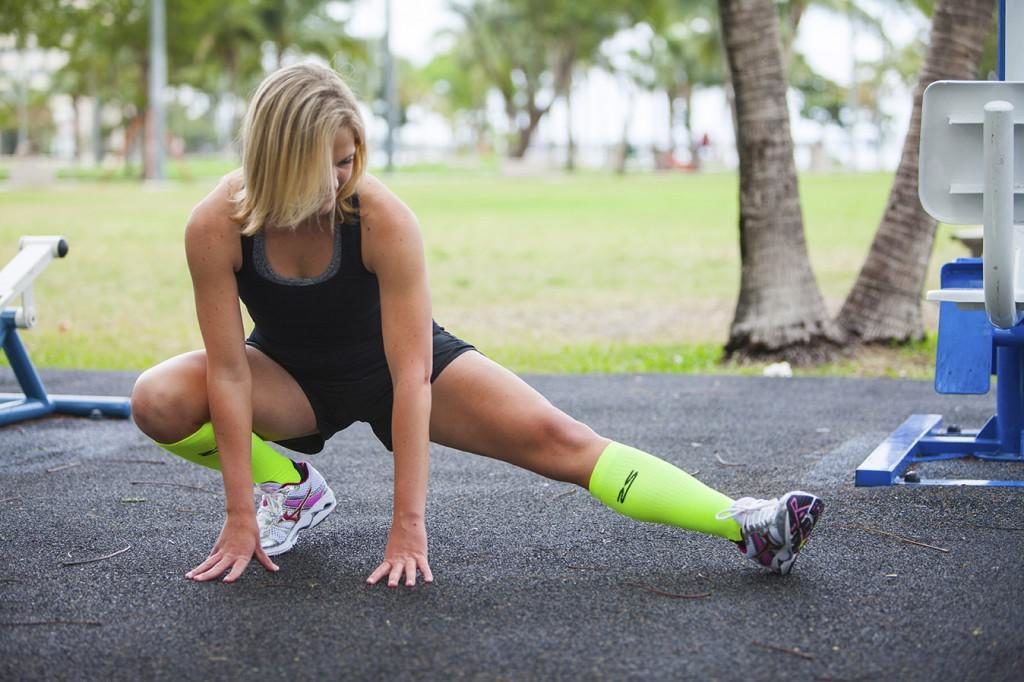For a number of years now, individuals in Toronto and other major cities throughout North America have been faithfully wearing their compression socks during running events. Today, many runners swear that these socks help with good circulation and better performance. It is true that they do provide a range of useful health benefits to individuals suffering from a variety of conditions, such as those with deep vein thrombosis, varicose veins, and lymphedema, as well as in eliminating any blood clots following surgery. What athletes want to know conclusively is whether there is scientific evidence that the use of such compression socks will enable an improved rate of recovery and superior running performance. Science has come riding to the rescue with studies that conclusively back up the use of compression socks in running and other strenuous physical activities and endeavors.
 Recovery Rates And Compression Socks
Recovery Rates And Compression Socks
The year 2015 saw a randomized and well-controlled study released on the issue of compression socks and recovery rates for runners. The results revealed that after running a marathon, those runners who availed themselves of the compression socks boasted superior recovery times as compared to runners who only took a placebo. The runners were studied both two weeks prior to and also two weeks following their marathon participation. The participants had to run on a treadmill to the point of exhaustion. The study organizers recorded average and maximum heart rates along with time until the point that the runners could no longer endure exerting themselves. Those wearing the compression socks showed a 2.6 percent rate of improvement versus the placebo group who saw a 3.4 percent decrease in performance (as measured by the same time to exhaustion quotient).
Injury Recovery Rates
Compression proves to be a significant component in RICE (rest, ice, compression, and elevation). This means that utilizing compression socks in an injury recovery program will help to heal a variety of lower leg injuries faster. This includes calf strains, shin splints, and Achilles tendonitis – the superior blood flow also aided with faster recovery times, allowing you to get back out on the track or trail much sooner than you might otherwise.
Soreness
Where soreness was concerned, compression socks also provided quantifiable health benefits for runners by demonstrating an improvement in an athlete’s blood flow. This aids in the removal of unwelcome and pain-inducing lactic acid from the bloodstream, as well as a lower degree of soreness following exertion. Compression socks’ additional warmth also helps with this soreness recovery and improvement.

Clearly, runners can see significant and measurable benefits from wearing their compression socks before and after significant efforts on the track. These include better performance, faster injury recovery times, and quicker soreness recovery. All this and they even come in stylish colors and designs these days. Despite these exciting findings, keep in mind: compression socks can’t fix more severe problems and it’s important to know when to consult a foot specialist and seek more in-depth treatment for your feet and legs. On a more positive note: when married to high-quality footwear, Toronto area runners can experience good circulation and achieve noticeable improvements in their running output and performance by wearing compression socks.


